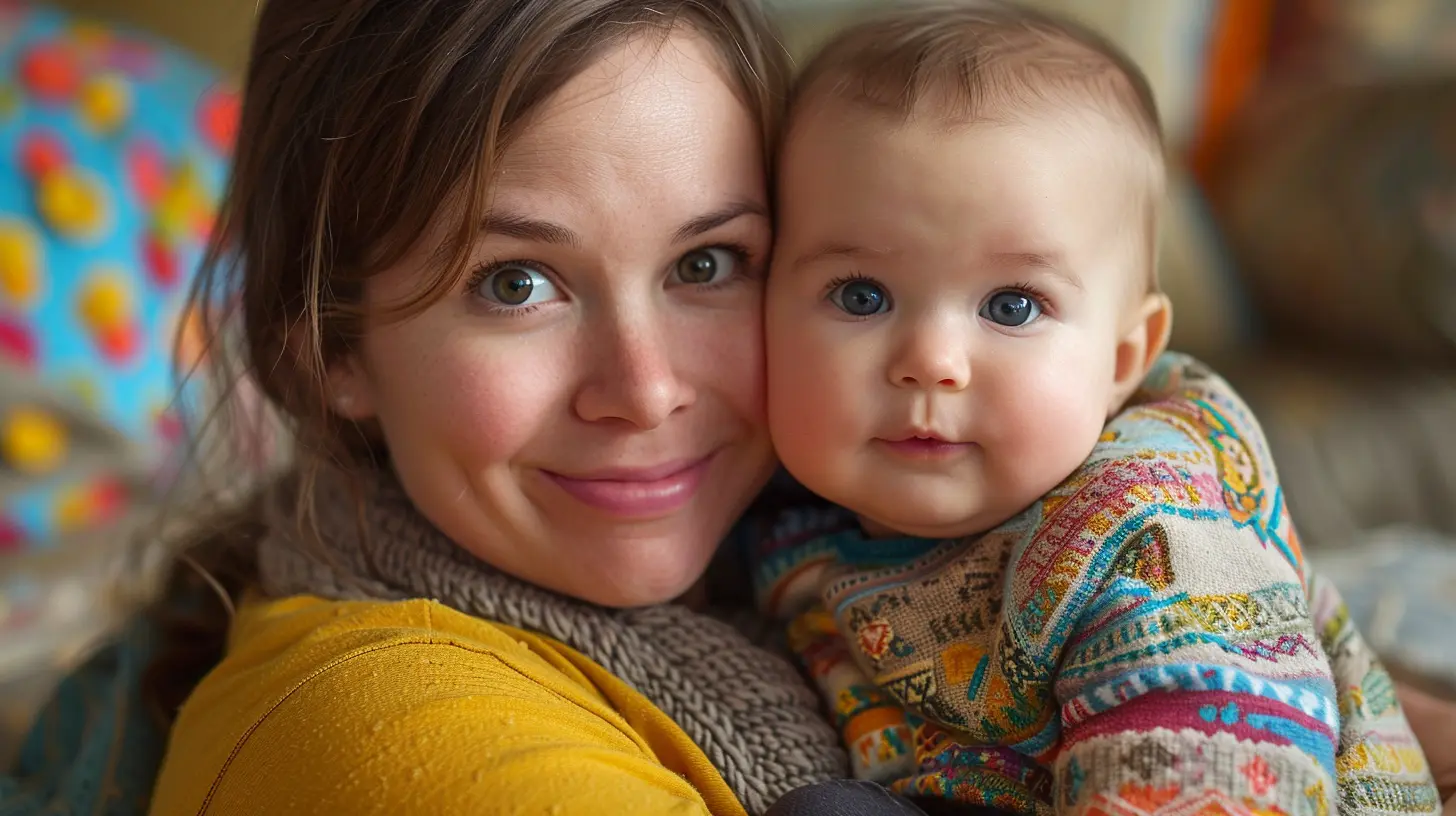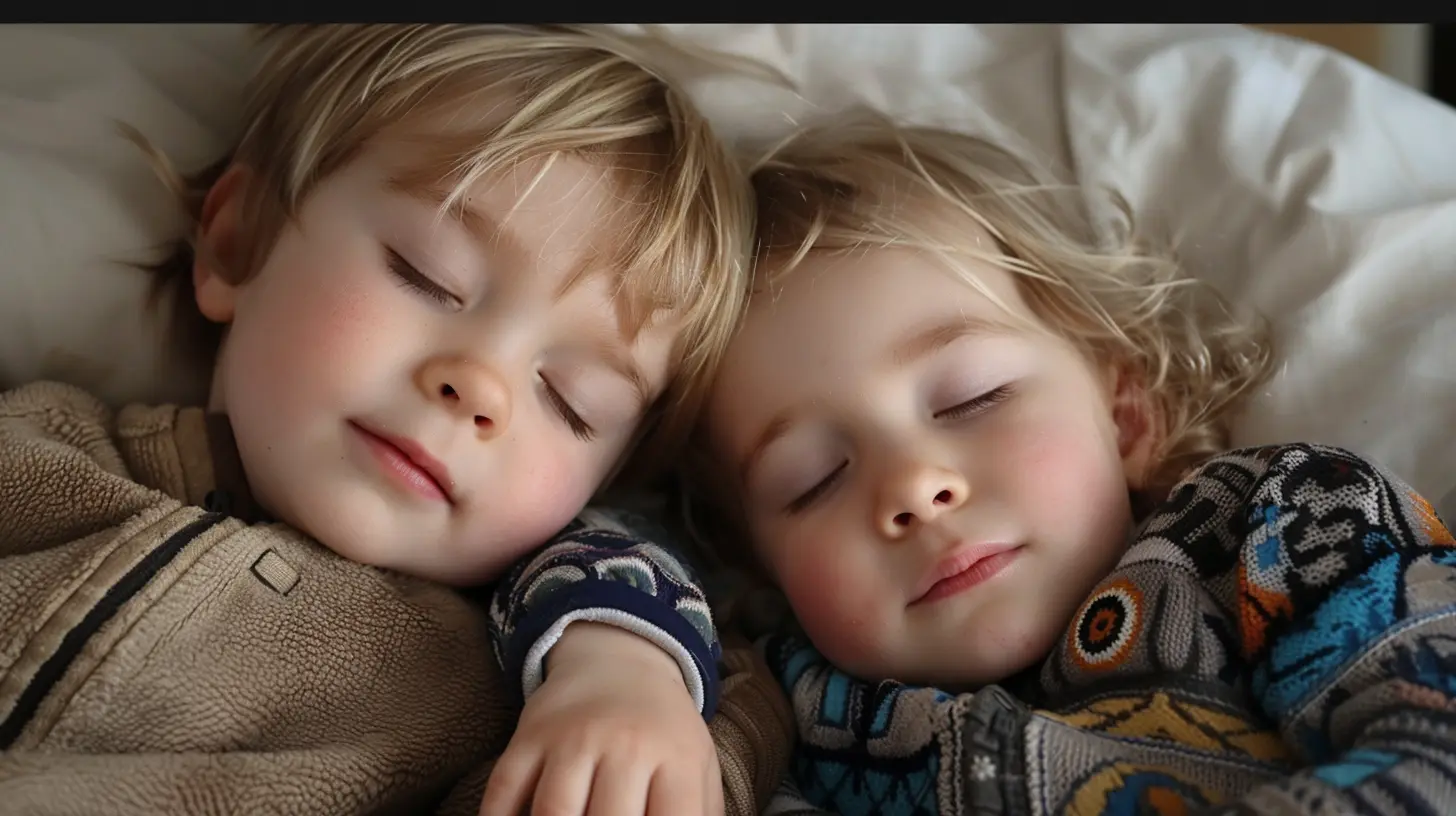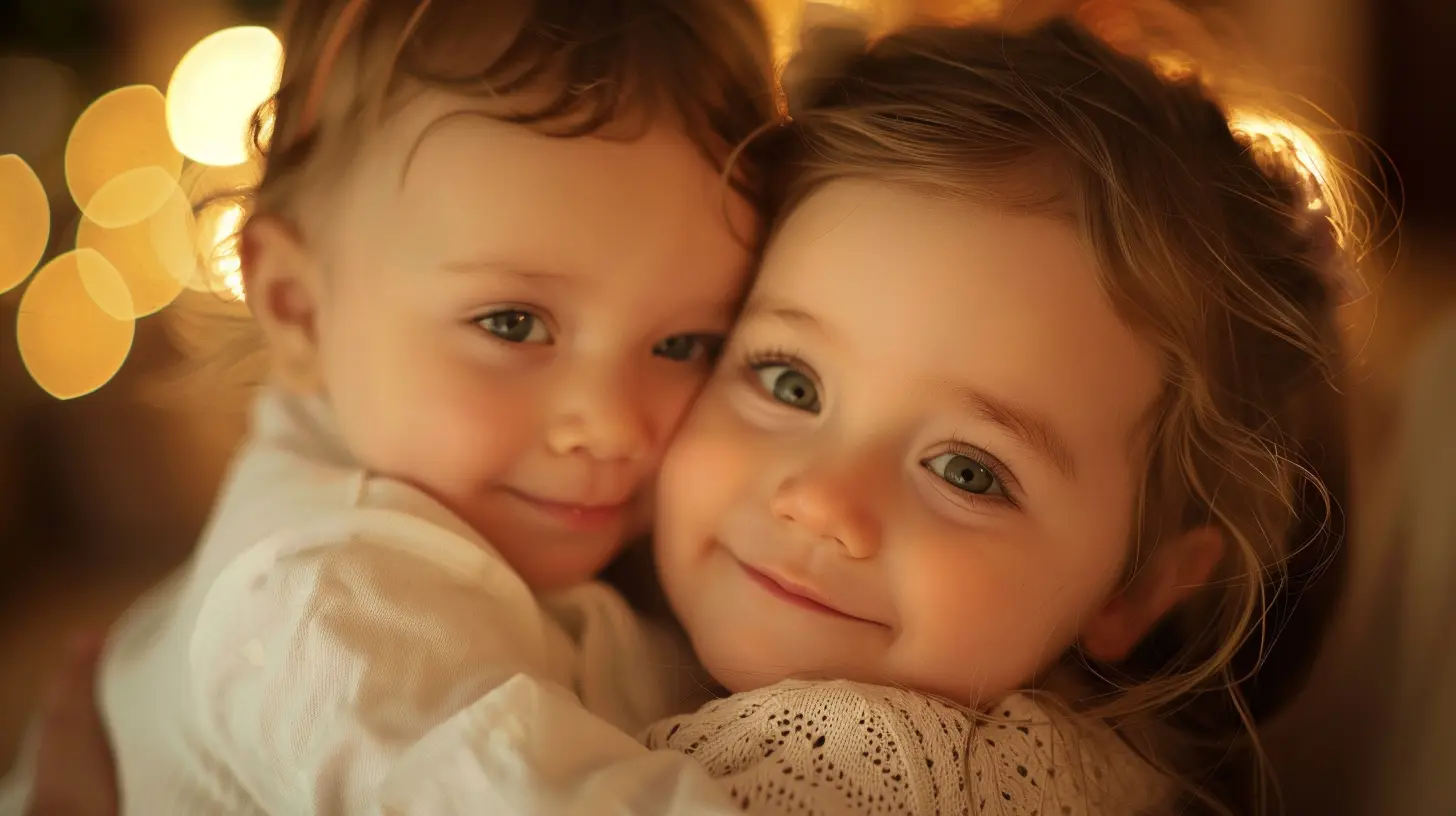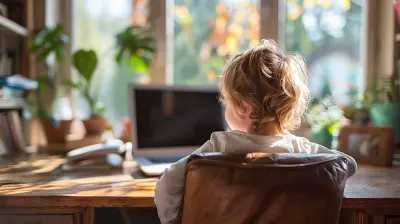Nurturing Independence Through Attachment: Why Closeness Fosters Confidence
28 October 2025
Let’s get one thing straight: parenting is a wild ride. It’s a job where your coworkers (aka your kids) throw tantrums over banana peels, demand snacks every 12 minutes, and consider 4 AM a perfectly reasonable wake-up call. But here's the kicker — amidst the chaos, we all want the same thing. We want our kids to grow into confident, capable humans who can survive in the real world without needing us to pack their lunch every morning when they're 35.
Ironically, the secret to building that independence might not be pushing them away — it’s actually pulling them closer.
Sounds backward, right? But hang tight, because we’re about to talk all about how nurturing independence through attachment is where the magic really happens.
The Myth of “Tough Love”
Raise your hand if you've ever heard something like:"Don’t pick them up every time they cry, they’ll get too attached."
Or maybe:
"You’re spoiling them by being so responsive."
Yeah, we’ve all heard that advice served hot and unsolicited, often by Aunt Martha or some random internet commenter. But here’s the thing — attachment doesn’t coddle kids, it empowers them.
Closeness doesn’t create clingy kids. It creates kids who feel safe enough to let go.
Why Confidence Begins With Connection
Imagine you’re bungee jumping (don’t worry, this is a metaphor — you’re not actually getting tossed off a bridge right now). Would you be more willing to take the plunge knowing the harness is securely fastened by someone who knows what they’re doing? Or would you rather fling yourself off the edge relying on duct tape and blind faith?Kids are the same way. When they know they have a strong, secure base — someone they can trust to catch them — they’re way more willing to take risks, try new things, and step out into the world.
Attachment theory confirms this. When children have consistent, loving caregivers who respond to their needs, they develop what psychologists call a “secure attachment.” And secure attachment = confidence on rocket fuel.
The Paradox of Closeness = Freedom
Let’s break this down with a simple analogy. You know how baby birds don’t just fling themselves out of the nest the minute they hatch? They hang around, get fed, grow their wings... then one day, boom — they take flight.Kids aren’t baby birds (they’re way louder), but the concept holds. When we provide closeness, when we respond instead of react, when we say “I've got you” — we’re actually giving them the tools to eventually say, “I’ve got this.”
It’s not about hovering like a helicopter parent. It’s about being their consistent, dependable Wi-Fi signal. They may roam far, but they always know how to connect when needed.
What Does Attachment Look Like in Everyday Parenting?
Now before we dive into idealistic unicorn-parenting fantasies, let’s talk logistics. Because yes, nurturing attachment sounds lovely — but like, what does that mean in your daily life when your toddler is screaming because their socks are “too socky”?1. Respond With Empathy (Even If You're On Your Last Nerve)
I get it. Sometimes your kid has a meltdown over the shape of their sandwich, and your soul leaves your body. But when we respond with “I see you’re upset — it’s okay to feel frustrated,” instead of “OH MY GOSH JUST EAT IT,” we’re building their emotional toolkit.Empathy is the bridge to attachment.
2. Be Predictable… Like, in a Good Way
No one’s saying you need to have a rigid schedule every second. But kids thrive with some predictability. When they know you're coming back after school drop-off or that bedtime involves snuggles and a story, it gives them a sense of safety. That safety becomes their launchpad.3. Physical Closeness Matters (Yes, Snuggles Are Science)
Holding your child, cuddling on the couch, babywearing, kisses on boo-boos — it’s not just cute, it’s science-backed security. Physical touch releases oxytocin (aka the “love hormone”) in both you and your child, reinforcing trust and emotional warmth.So yes, you have official permission to snuggle your baby like a panda clings to bamboo.
4. Validate Feelings, Even The Ridiculous Ones
Your five-year-old is melting down because you paused Paw Patrol. You could laugh (we’ve all been tempted), or you could say, “You really wanted to keep watching. It’s hard when things stop.” Simple validation builds trust — and trust builds independence.Why? Because they learn their emotions are safe. And when emotions are safe, they feel more secure branching out.
But Wait, Won’t They Get Too Dependent?
Here’s where we address a huge misconception. Attachment doesn’t mean your child will be dependent forever. Quite the opposite.Think of it this way: you don’t learn how to swim by being thrown in the deep end. You start in the shallow, with someone holding your hand. Only then do you have the courage to let go.
Kids with secure attachments are more likely to:
- Explore their environment
- Try new things
- Handle stress and setbacks better
- Form healthy relationships later in life (hello, long-term wins)
Wouldn’t you rather raise a confident swimmer than a kid who freezes every time they get splashed?
Teens and Independence: It’s Still About Connection
Fast forward a decade and your once snuggly kid is now a moody teen who responds to questions with grunts. Yay.Here’s the truth: even (especially!) teens need attachment. Sure, they might roll their eyes when you ask how their day was, but they still need to know that you’re there, steady and safe.
Keep the lines of communication open. Be curious, not judgmental. Hold space for their growing independence while standing firm as their emotional safety net.
Even if they act like they don’t hear you? Trust — they do.
Teaching Accountability Without Shame
Part of raising independent kids is helping them take responsibility. But that doesn’t mean shaming them into submission.Example: Your 8-year-old spills juice on the couch. You could yell “SERIOUSLY?!” and turn it into a guilt-fest. Or you could say, “Oops, that was an accident. Let’s grab some paper towels together.”
That’s scaffolding — guiding them through mistakes constructively. Let them feel capable, not crushed.
Accountability with compassion builds kids who can own their actions without falling apart.
Real Talk: You’re Human Too
Okay, let’s pause for a second and talk about you. Because this whole attachment thing? It’s not about being a perfect parent. No one nails it 100% of the time (if they say they do, they’re lying or heavily caffeinated).You will snap.
You will lose your cool.
You will accidentally say “You’re fine!” when your kid is very much not fine.
That’s normal.
Repair matters more than perfection. Go back, offer a hug, say, “I’m sorry I yelled earlier — that wasn’t fair.” That simple act of repair? It models empathy, shows accountability, and strengthens your attachment bond.
Boom — parenting win.
The Bottom Line: Connection Builds Courage
In the end, the paradox makes perfect sense: the more our kids feel anchored to us, the more they’re willing to sail into the big, wide world.Closeness doesn’t stifle growth. It’s the soil that nurtures strong, resilient roots.
So keep holding their hands — until they’re ready to pull away.
And even then, keep waving from the sidelines, cheering them on.
Because the truth is? Independence isn’t forged in the absence of love — it’s born from the presence of it.
Final Thoughts
Dear parent reading this: you're doing better than you think. If you're showing up with love, even in your imperfect, messy, coffee-fueled way, you're laying the foundation for confident, independent little humans.So go ahead — cuddle that baby, listen to that long-winded story about Minecraft, offer that hug when the world feels big and scary.
Because nurturing independence through attachment isn’t just a parenting strategy — it’s the heart of parenting itself.
all images in this post were generated using AI tools
Category:
Attachment ParentingAuthor:

Max Shaffer
Discussion
rate this article
1 comments
Ethan Sharp
Embrace the power of secure attachments! By nurturing closeness, we empower our children to explore the world with confidence. When they feel safe and loved, they can take bold steps toward independence. Let’s celebrate the beautiful journey of balancing connection and freedom—it's the key to raising resilient, self-assured kids!
October 29, 2025 at 3:35 AM

Max Shaffer
Thank you for highlighting the vital connection between secure attachments and fostering independence! Embracing this balance truly lays the foundation for resilient, confident children.


